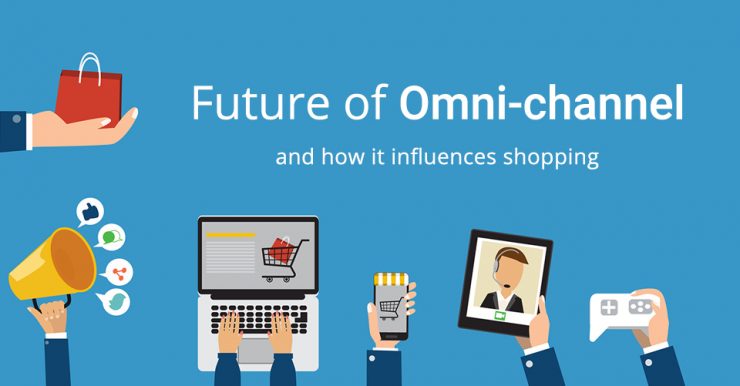Omnichannel is an approach, whereby a business employs multiple sales channels to give customers a cohesive shopping experience. Some of the channels that can be included in the approach include online shopping, live web chats, social media, telephone shopping, and shopping in a physical store. Regardless of the sales channel used, a customer is guaranteed of a seamless shopping experience.
How Omnichannel influences?
In eCommerce, retailers ran two separate entities, an eCommerce shop, and an in-store shop. The two stores operated as separate entities. This approach is an evolution that has integrated the in-stores and online stores into a single entity. As such, a shopper can price shop online, and later go to the real store to make a purchase. Either way, a customer can conduct a price shopping in an in-store and then buy goods through the online means.
How the shopping behavior of people changed recently?
Advancement in technology has greatly influenced people’s purchasing behavior. In the past, people relied on referrals from friends whenever they wanted to make a purchasing decision. Currently, customers rely on online research, the influence of friends from social media, and customer reviews whenever they want to make a decision.
Why people prefer online shopping?
Among the top reasons why consumers prefer online shopping is because it is convenient. eCommerce solutions allow one to shop at anytime from anywhere. Besides the convenience, online shopping is also time-saving since it eliminates the hassle of lining up to make payments or waiting for a service person to help you. Furthermore, online shopping is one of the shopping methods that allow a convenient way of comparing prices before making a decision to buy. Most online stores also allow their customers to leave comments and reviews that allow future clients to determine the quality of the products on sale.
What makes the people purchase?
One of the factors that determine people’s buying behaviors is the price of the products. People have a tendency to buy items sold at a discounted price. Other factors that can make one to purchase include value, innovation, convenience, and necessity.
Who are the people who shop online?
More than 70% of people in the United States shop through various eCommerce solutions and the majority of individuals who shop online are millennials. The reason why millennials top the list is that they are technology savvy. Besides millennials, most online shoppers tend to come from well of families. On regards to gender, men form the majority of online shoppers compared to ladies.
Preferences among Mobile & Web – Shopping
Most online shoppers in America use mobile gadgets for online purchasing as opposed to computers. Business owners rely on social media and other channels to generate leads. Despite the fact, online shopping is an infrequent occurrence when compared to in-store shopping.
Pros & Cons of Online Shopping
Pros
• Online shopping saves time that one could have spent shopping in a retail business.
• Price comparison easy.
• It is a convenient way that one can purchase products from any place any time he/she wants.
Cons
• One cannot test a product before buying it.
• It places one at a risk of fraud.
Whom it benefits: Customers or Marketers
Omnichannel benefits both the customers and the retail business. For customers, it saves time, money and it is convenient. It helps marketers to reach more customers worldwide. An increase in customer reach means increased sales and profits. Furthermore, it increases customer retention and loyalty.
Conclusion
Omnichannel is a sales approach that integrates various sales channels to improve a customer’s shopping experience. It also enhances a business’ productivity. A sound approach requires a retail business to unify all sales channels like phone calls, social media, and online shopping.
















Add comment